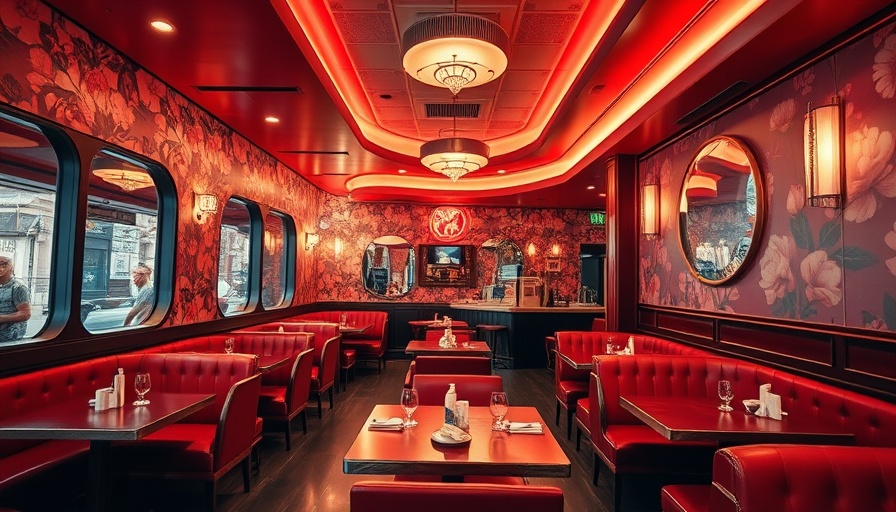
Exploring Posh Trash: A Deep Dive into *The Girlfriend*'s Compelling Drama
In a landscape bustling with streaming options, *The Girlfriend* on Prime Video stands out not primarily for its plot but for the complex emotional interplay and social commentary that unfolds through the contentious relationship of its two lead characters. The show presents a potent blend of tension, hormone-fueled drama, and societal critique, making it a noteworthy addition to anyone's watchlist.
Luxury Meets Tension: Setting the Stage
Set against opulent backdrops in London and the sun-soaked Spanish countryside, *The Girlfriend* draws viewers into a world of wealth and privilege. Robin Wright stars as Laura Sanderson, a glamorous art gallery owner, whose emotional universe revolves around her med-student son, Daniel. Much like iconic thrillers that leverage the allure of unequal power dynamics—think of films like *Single White Female* or thrillers that drill down into familial nuances—the show encapsulates the essence of comfortable living juxtaposed against internal turmoil.
Unpacking the Characters: Complexity Beyond the Surface
Both Laura and Cherry, Daniel's girlfriend—alluringly nuanced yet polar opposites—embody the show's weighty themes surrounding class distinctions and female rivalry. While Laura's protective instincts blur the line into possessiveness, Cherry, portrayed by Olivia Cooke, emerges as a sophisticated social climber, pushing boundaries in every interaction. The clever narrative structure, similar to Akira Kurosawa's *Rashomon*, shifts perspectives between these women, inviting viewers to reconsider their loyalties as the story unfurls.
Class Struggles: A Mirror on Society
An undercurrent of class tension flows through the show, asking deep-seated questions about identity, ambition, and acceptance. *The Girlfriend* doesn’t shy away from depicting Laura's prejudice against Cherry, whose working-class roots starkly contrast with the wealth of her elite boyfriend's family. This societal divide offers a canvas for exploring broader themes of aspiration and entitlement; as viewers, we may find ourselves grappling with our own biases when faced with characters who seem both relatable and repellent.
The Emotional Roller Coaster: A Journey Through Alienation and Belonging
As the series unfolds, the viewer witnesses a slow unraveling of Laura's sanity, challenged by Cherry’s assertive presence. The dynamic leads to a pivotal sauna scene that feels almost voyeuristic, creating discomfort about familial bonds and intimacy that spill into inappropriate territories—a hallmark of modern dramas that thrive on taboo exploration. While some may argue the representation could border on sensationalism, it invites conversation about generational boundaries and emotional affairs beyond typical romantic relationships.
Understanding the Contemporary Woman's Plight
For viewers within the 25-65 age range, the themes resonate deeply. The series revisits familiar tropes of motherhood, rivalry, and ambition while ensuring that both women display remarkable agency. Wright’s portrayal is particularly resonant; she showcases a multifaceted character arc that oscillates between vulnerability and maliciousness—qualities that bring a heightened sense of realism to the drama.
A Closing Thought: What *The Girlfriend* Represents in Modern Entertainment
*The Girlfriend* functions not merely as entertainment but as a conversation starter. It taps into prevalent societal anxieties regarding motherhood, class, and the roles women occupy in their personal and professional lives. As viewers dive into this thrilling narrative, they'll not only enjoy the ride but also find themselves reflecting on broader social constructs.
In a world rife with reality shows and superficial narratives, this series is a refreshing dive into the profound complexities of human relationships. Are you ready to explore the chaos of class dynamics and emotional turmoil? Grab a seat on the couch, as *The Girlfriend* awaits!
 Add Row
Add Row  Add
Add 




Write A Comment